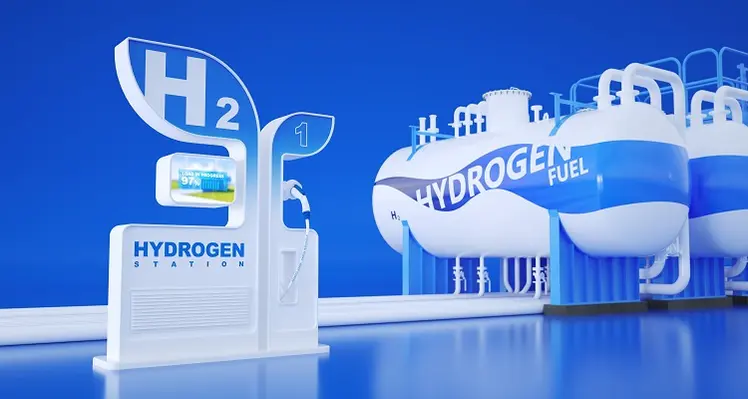A new report from the IEA finds that investment and projects in low-emissions hydrogen are growing, but it still accounts for less than 1% of total hydrogen production.
The IEA’s annual Global Hydrogen Review 2024 finds that the momentum for low-emissions hydrogen is growing, as illustrated by a wave of new projects, despite challenges due to regulatory uncertainties, persistent cost pressures and a lack of incentives to accelerate demand from potential consumers. The number of projects that have reached final investment decision has doubled in the past 12 months, which would increase today’s global production of low-emissions hydrogen fivefold by 2030. The total electrolyser capacity that has reached final investment decision now stands at 20 gigawatts (GW) globally. Global electrolyser manufacturing capacity doubled in 2023, with China accounting for 60% of this.
If all announced projects are realised worldwide, total production could reach almost 50 million tonnes a year by the end of this decade. However, this would require the hydrogen sector to grow at an unprecedented compound annual growth rate of over 90% between now and 2030.
Lack of clarity on government support, along with uncertainly around demand and regulatory frameworks means that installed capacity for electrolysers and low-emissions hydrogen volumes remain low, with most potential production still in planning or early-stage development, with some larger projects facing delays or cancellations due to these barriers along with permitting challenges or operational issues.
“The growth in new projects suggests strong investor interest in developing low-emissions hydrogen production, which could play a critical role in reducing emissions from industrial sectors such as steel, refining and chemicals,” said IEA executive director Fatih Birol. “But for these projects to be a success, low-emissions hydrogen producers need buyers. Policymakers and developers must look carefully at the tools for supporting demand creation while also reducing costs and ensuring clear regulations are in place that will support further investment in the sector.”
The report highlights a gap between government goals for production and demand, as well as technology and production cost pressures, with progress in electrolysers in particular stalling due to higher prices and tight supply chains. A continuation of cost reductions relies on technology development, as well as optimising deployment processes and moving to mass manufacturing to achieve economies of scale.
Unabated fossil fuels continue to dominate
Despite the growth in momentum, the report points out that low-emissions hydrogen accounted for less than 1% of total hydrogen production in 2023. Producing renewable hydrogen today is generally one-and-a-half to six times more costly than unabated fossil-based production, the IEA notes. It forecasts that hydrogen production is likely to continue to be largely dependent on unabated fossil fuels this year, with unabated natural gas accounting for around two-thirds of total production. The Middle East is a key player, producing 20% of all hydrogen from unabated natural gas.
China leads in terms of production, accounting for almost 30% of the global total, followed by the USA and Middle East with 14% each, and India with 9%. Total hydrogen production reached 97Mt in 2023, and could approach 100Mt by the end of 2024.
Industrial hubs – where low-emissions hydrogen could replace the existing large demand for hydrogen that is currently met by production from unabated fossil fuels – remain an important untapped opportunity by governments to stimulate demand, the IEA says.
The Middle East saw stronger growth in hydrogen demand than other regions (more than 6% growth year-on-year, due to an increase in demand in refining and methanol production). The region accounted for 14% of hydrogen use in 2023. The Middle East was the second largest consumer of hydrogen in industrial applications after China, with 4% growth, mainly driven by methanol production.









